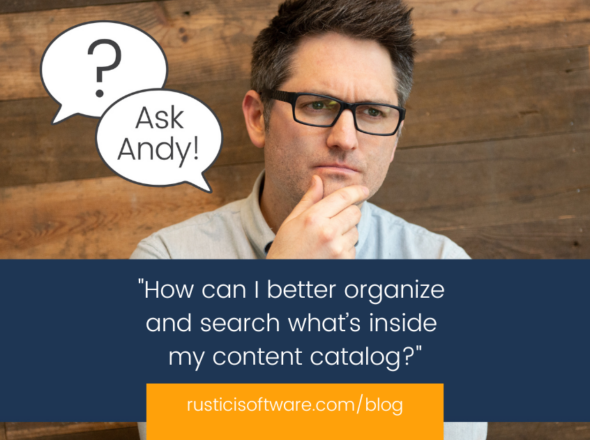It’s a lot of fun working with both hosted and locally installed platforms. Yes, technically the deployments vary a lot (and I’m thankful for our super talented developers who manage both worlds), but it gives us the chance to work with many types of companies and products.

Some folks gravitate towards the flexibility of SCORM Cloud as a hosted solution that scales with them as their business grows. Other folks require a more controlled, locally installed solution and need our Engine player for those very reasons.
Recently we’ve noticed another benefit of offering both deployment options— migrating from one deployment method to the other as business models change.
Case in point? Atomic Learning.
Check out their story:
Atomic Learning was a SCORM Cloud customer from the early days. They leveraged the SCORM Cloud API to integrate SCORM functionality into their K-12 Assessment platform. The flexibility of SCORM Cloud licensing worked great with their initial business model where usage spiked dramatically in May and September, coinciding with the start and end of the school year. Atomic Learning could simply scale their account size up and down to align with that usage pattern.
Last year, Atomic Learning shifted their content strategy—going from two assessments per user annually to delivering smaller bites of learning more frequently. It quickly became apparent that the registration-based licensing would not be feasible with this new business model.
The SCORM Engine Web Services option provided a way for Atomic Learning to move to an annual user based licensing model that better supported the fact that users who previously only took 2 courses per year could now generate as many as 20-30 registrations. And, because they had built an integration against the SCORM Cloud API, the transition to the locally installed version was fairly seamless. Once they had the server configuration set up on their end, they simply redirected the Cloud API calls to local calls and they were off and running.
Need help figuring out which deployment method is right for you? This chart should help- and you can always ask us.


